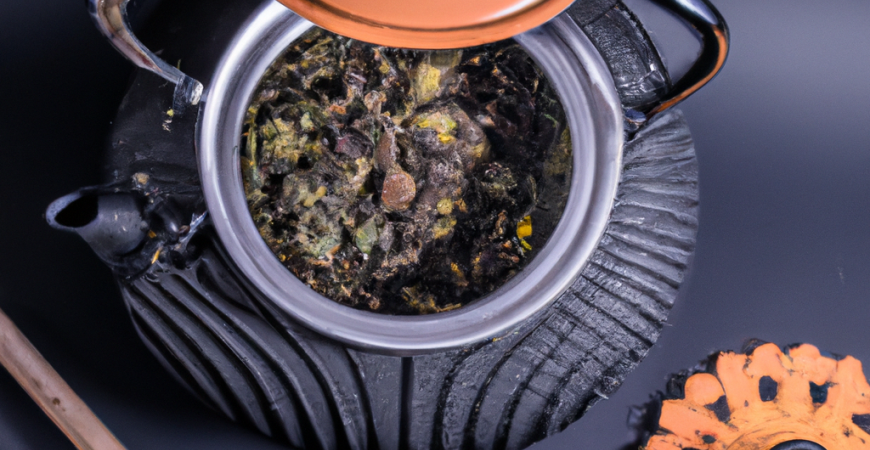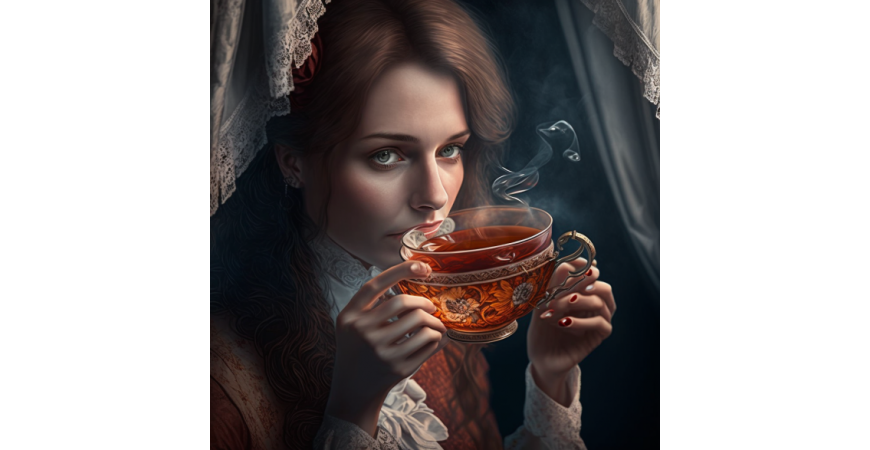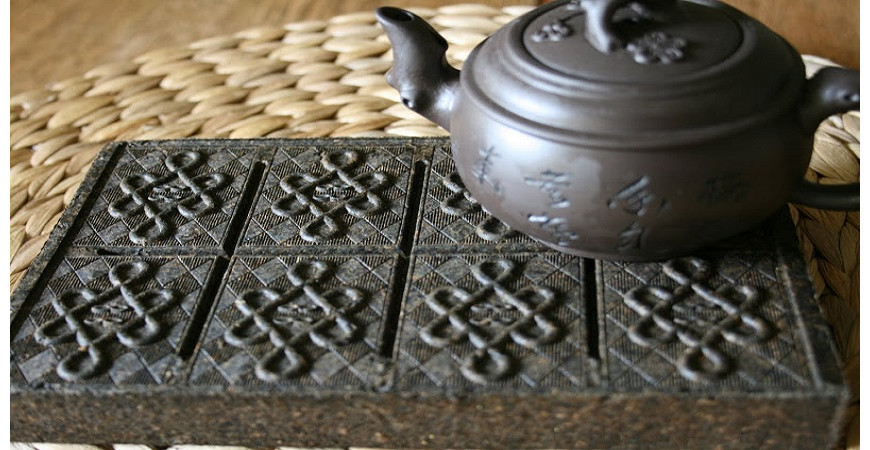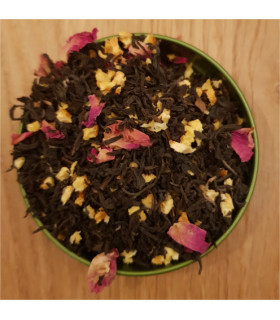The Great Story of the 茶
Today I have chosen to talk about the history of tea. The little one and the historical one. As you can imagine, this history is extremely rich. It began in China, a very long time ago …
There are several legends, but one I like much more than the others:
It is set in the time of the Three Kingdoms (220-280 CE), an old woman went to the market every day with a single cup of tea. People bought her tea until sunset and it never ran out. The old woman was very good and distributed the money received to orphans and beggars.
Historically, traces of tea were found around 200 BC (in the tomb of a Han emperor in western Tibet). It was used to perfume water that had been boiled before drinking. It was immediately appreciated for its therapeutic virtues, as it relieved fatigue, strengthened the will and revived the sight. It became a daily drink in China during the Eastern Han dynasty (25-220) and the Three Kingdoms.
- In the first millennium
From 690, tea was consumed in bricks. In particular, it was used as a currency to obtain horses from the peoples of the North, and in certain Tibetan regions. This is how tea was introduced into the Mongolian steppes, where today it is still prepared boiled, salted, with yak or cow's milk added, and served in wooden bowls. Tea, appreciated for its medicinal virtues, became a fashionable drink. The state taxed three main products: salt, alcohol and tea. During the 8th century, the tea trade developed.
- Until the 13th century
During the Northern Song Dynasty (960-1279), beaten tea was prepared. The leaves are crushed under a grinder to obtain a very fine powder, which is then whipped in hot water to obtain a substantial froth. This tea is also served in a large bowl shared by several guests.
In 1012, Tsai Hsiang composed the Imperial Art of Tea (茶录, chá lù).
It was in the early 12th century that tea was introduced to Japan by a Zen Buddhist priest.
At that time, there were 46 imperial tea gardens, the best and most famous being Pei Yuan. Each of the gardens had its own tea processing facilities.
Until the middle of the 17th century
From the beginning of the Ming Dynasty in 1368, China focused on reforestation and included the tea plant, which was installed in several new Chinese provinces. An effort was made to reduce the tea tax to a moderate rate of about 1%. As a result, small landowners began to grow tea again.
In 1391, Hongwu, the first emperor of the Ming dynasty, decreed that tea tributes delivered to the court should no longer be in the form of bricks, but in whole leaves.
Porcelain kilns were developed and accompanied a new tea service. Porcelain was increasingly used to make utensils.
The serving of tea underwent profound changes. Tea was now kept in special tins and prepared in a new kind of utensil: a teapot. It was served in small individual cups designed to give off its smell and flavour. This new crockery of teapots, kettles, saucers and cups quickly became the object of a refined craft for rich collectors.
The wooden tea bowls of the Tang were replaced by wide, shallow ceramic containers, the dogs or saucers. Connoisseurs preferred whitish tea and drank it with black utensils to enhance the colour of the tea. Tea competitions are fashionable among high officials: each one prepares a tea of his choice with water from his favourite source.
At the beginning of the Qing dynasty (1664 - 1911) a particular utensil appeared: the gaàwan 蓋碗- a kind of cup without a handle, with a lid, in which the leaves are put directly to be infused.
The next article will focus on the arrival of tea in Europe. Until then, enjoy your tea!








